Super Ideal Cut Princess Diamonds Review – Brian Gavin
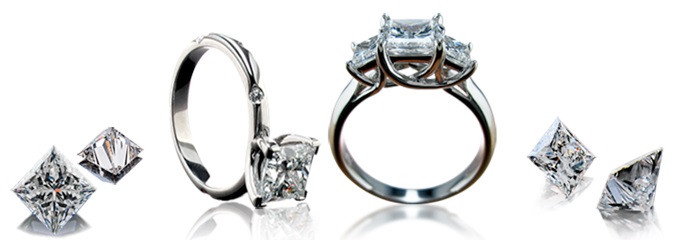
The princess cut diamond is the 2nd most popular shape (besides the round brilliant cut) in the market. Classified as a square modified brilliant cut, the princess shape shares similar characteristics to the round diamond. Most notably, well cut princess shaped diamonds can display a level of sparkle and brilliance seen in round diamonds.
One other reason that led to the popularity of princess cut diamonds is their lower price per carat cost. Compared to the traditional round diamond, a princess shaped diamond with similar carat weight and color/clarity will typically cost 25-35% less.
When it comes to buying princess diamonds, BrianGavinDiamonds.com is one of the vendors in the industry who specializes in ideal cut princess diamonds. In this review, we will perform an indepth analysis on their signature collection and reveal insights to their cut quality & craftsmanship standards.
Firstly, What Makes a Brian Gavin Princess Cut Diamond?
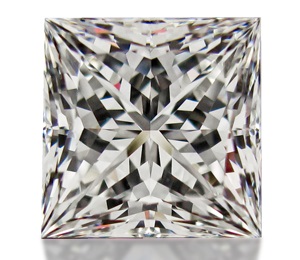
Brian Gavin’s signature princess cut diamonds have 53 facets (32 in pavilion, 20 in crown & 1 in the table) and utilizes a 3 chevron configuration in their facet structures. Now, there’s a rationale behind the choice of 3 chevrons instead of using 2 or 4.
This is because the overall appearance of a princess cut diamond is largely affected by its cut proportions and facet configuration. Brian Gavin’s configuration of 3 chevrons yields more virtual facets and creates an optically balanced look for the shape.
In an analysis performed on their inventory, I found that the signature diamonds tend to have smaller table sizes and slightly higher depth percentages (better fire and brightness). The length to width ratio is also kept within very tight tolerances of 1.00:1.05 to give the diamonds a squarish outline.
Each Brian Gavin signature diamond must also achieve an overall AGS rating of 000 for cut grading. This means that each diamond has to attain the highest standards for light performance, polish and symmetry.
Here’s how a typical grading report for Brian Gavin’s ideal cut princess diamond looks like.
Achieving a light performance rating of 0 (ideal) from the AGS lab is no mean feat.
GIA Excellent vs AGS Ideal – Which is Better?
Some of the most common questions readers ask when they shop for a princess cut diamond pertains to the differences between GIA and AGS.
I often get asked questions like: “Is one lab more reliable than the other?”, “Is GIA’s grading of excellent symmetry and polish the equivalent of AGS ideal ratings?” and “Why are there so few AGS diamonds compared to GIA certified diamonds?”.
When it comes to grading princess cut diamonds, GIA and AGS have completely different approaches to doing it. Most grading systems (e.g. GIA or IGI) only consider simplistic proportion factors like table/depth measurements when they grade fancy cut diamonds.
On the other hand, AGS goes a step beyond to calculate light performance factors based on how light interacts with the diamond and appears to your eye. A ray tracing analysis used by AGS reveals a diamond’s brightness, dispersion, contrast and leakage objectively.
Now, very few diamonds in the world can actually attain a triple 000 cut grade at American Gem Society (AGS) and the manufacturers know this. If a diamond isn’t able to get an ideal rating for light performance at AGS, it gets sent to GIA or other labs to receive ratings that still look “good” on paper.
This process makes less desirable diamonds “saleable” and that’s how the game is played in the industry.
In reality, well cut princess diamonds are extremely hard to come by. Since the industry is profit driven and there is significant incentive to maximize rough material, the majority of princess diamonds are cut for weight retention instead of optimal performance.
Review of 3 Randomly Selected Brian Gavin Princess Cut Diamonds
One of the favorite things I like about BrianGavinDiamonds.com is the indepth details they provide in their listings. Recently, the website was upgraded and HD videos of the diamond in various views and lighting conditions were included.
In order to sample diamonds across different qualities and price points from their inventory, we randomly selected the following diamonds for a review:
#1 – 1.013 F VS2 Signature Princess – $6,645 by wire
#2 – 1.930 G SI1 Signature Princess – $18,018 by wire
#3 – 0.726 H VS2 Signature Princess – $2,476 by wire
I had also extracted the key data below for your convenience. Feel free to visit the listings directly to view and verify the information for yourself.
Face Up View of the Princess Diamonds in Neutral Lighting
In the face up view of the diamonds above, the images represent a true appearance of what you would expect to see in common fluorescent/office lighting conditions. Besides that, the “sparkle” video provided in the listing is something worth checking out as well.
Evaluating the Optics of Princess Cut Diamonds Via ASET
When it comes to evaluating a fancy cut diamond’s performance, reflector tools like the ASET reveal a ton of information about the diamond’s brightness, contrast and scintillation pattern. And the best thing is, you can quickly learn to read the images even if you are a complete beginner.
The different colors of the ASET are explained below and I have compiled some reference images here that you can use:
• Red: intense light return – red is generally what you want to see.
• Blue: contrast – important for contrast and scintillation. Blue areas should be as symmetrical as possible.
• Green: less intense light return – keep green areas minimal.
• Black: light leakage – keep black areas minimal.
Now, in order to achieve the ideal grade of AGS000, diamonds have to go through a stringent inspection process and undergo a ray tracing test. From the ASET images above, I can tell you that they go beyond the requirements of an AGS 000 rating.
One of the things that really stand out from Brian Gavin’s princess cut diamonds is the consistency of optical performance throughout the inventory. Listed below are ASET images of different diamonds that had been captured.
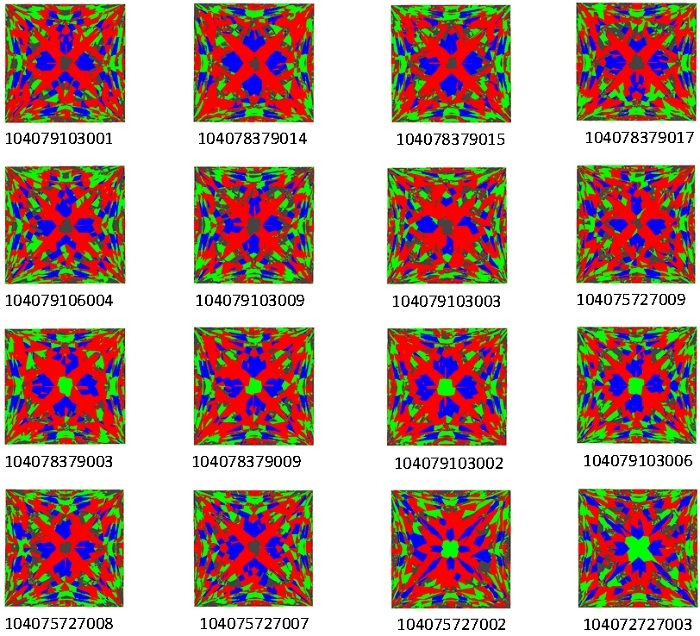
Can you see that these princess cut diamonds all display a similar contrast patterning with extremely strong light return properties? When I performed a review of Brian Gavin’s signature princess cut diamonds, I’m actually surprised to see the tight consistency being displayed across the inventory.
Visual Appearance of an Ideal Cut Princess Diamond’s Sparkle
Like a symmetrical checkerboard, the signature princess cut diamonds have an appealing scintillation pattern. As you can see above, the diamond has a balanced sparkle performance and is very lively.
With ideal light performance, the diamond is able to return light better and this helps to mask body color and allows it to face up whiter. The other benefits having ideal optics are that it can hide inclusions and give the diamond better edge to edge brightness resulting in a larger looking outline.
Conclusion of Our Brian Gavin Princess Cut Diamond Review

In the course of writing this review, I had examined Brian Gavin’s inventory and seen a number of their signature princess cut diamonds in person. Let me tell you they are the real deal and the diamonds look mesmerizing in person.
Unlike the majority of princess cut diamonds in the market that have large table sizes and flat crowns, Brian Gavin’s princess cut diamonds are crafted for a good balance of fire and brilliance. The 3 chevron configuration employed also give rise to a nice scintillation and contrast patterning.
Related Articles
Leave A Comment

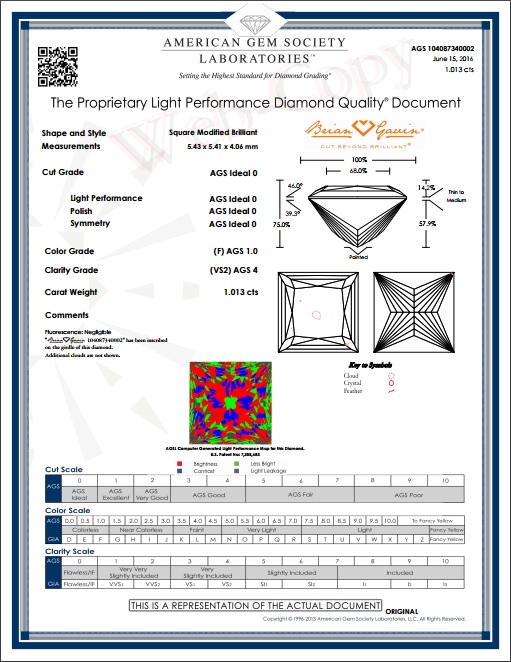
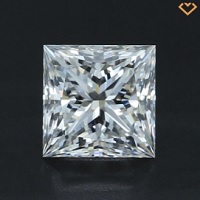
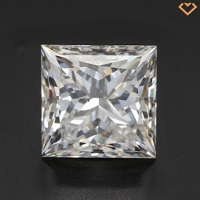
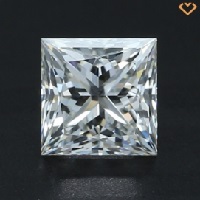
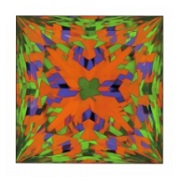
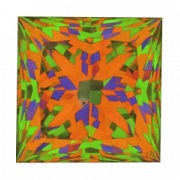
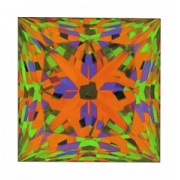
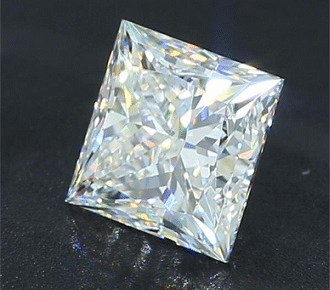
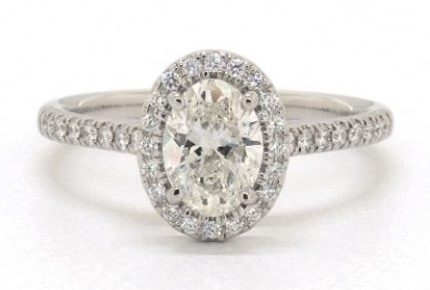
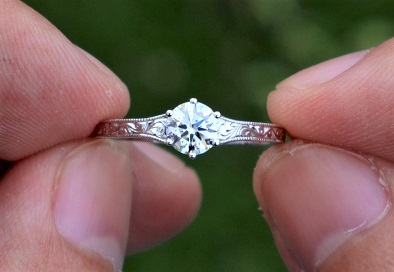
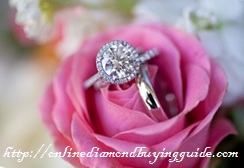
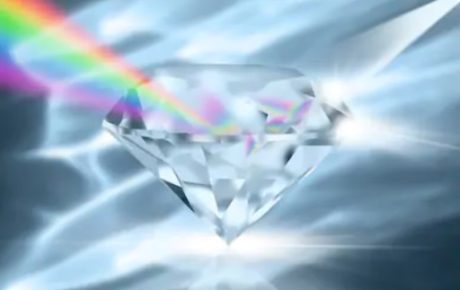









6 Comments
If the ASET is such an important tool to measure and analyze light performance, why don’t jewelry stores like Zales and Kays offer them?
As I mentioned earlier in the review, the majority of princess cut diamonds in the market rarely achieve ideal light performance or even come close to attaining it. All diamonds look good under the bright halogen lights in the stores (even the bad ones). The problem with offering ASET to evaluate diamonds is that the diamond’s shortfall in cut quality and performance becomes glaring instantly. And if you were a salesman trying to pass off sub-par diamonds, would you want to do that and offer so much transparency into your goods?
Can you give some feedback on what you mean by weight retention and how they physically affect the properties/proportions of affected princess cut diamonds?
Many diamonds in the market are cut by adhering to the shape of the rough in order to increase rough utilization. A common phenomenon that you will notice in many princess cut diamonds is that they are cut with excessively large tables and shallow crowns (reduces dispersion ability).
I don’t understand what is meant by shallow crowns and large tables when you mentioned it in the comment above. How do I know if an ideal cut diamond possesses these features and how do I avoid it?
With regards to large tables, I would characterize them by having 74% or large table sizes. This can be seen from the grading report. For crown heights, GIA doesn’t offer such data and you will have to examine the diamond from the side profile to get an idea of the crown angles. AGS actually measures this and will list it in their grading report. Anyway, here’s an example of a diamond with low crown angles and large table facet.